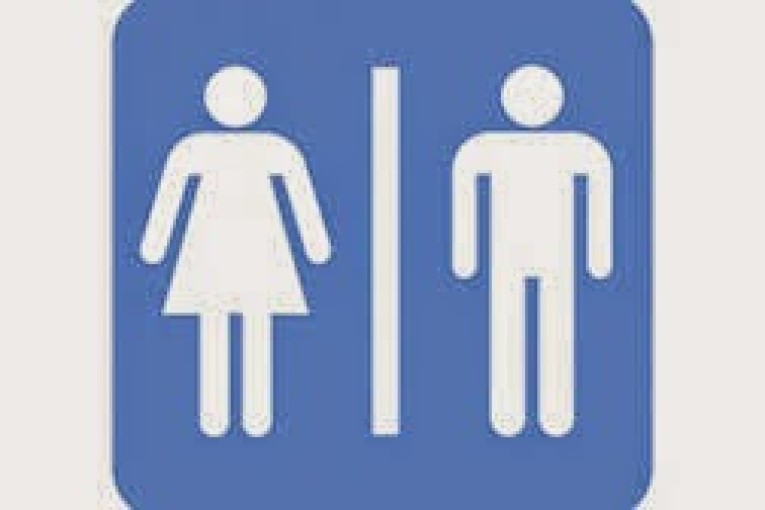
#Beginning of #New #Era:
#WorldToiletDay 2014, 19 November
#Dr.ArvindKumar
Does your town need new public toilets? Are the toilets safe and accessible, clean and well-maintained? Is there an appropriate ratio of toilets for men and women, or ‘potty parity’? Discuss about toilets with your local representative today. According to 2008 estimates, 466 million people lack access to improved water sources and 1.87 billion people lack access to improved sanitation in Asia and the Pacific. Unrestrained access to safe and potable water is vital for human life. Inadequate access to improved sanitation facilities, coupled with poor hygienic practices, allows diseases to spread, leading to impoverishment and diminished opportunities. The word “toilet” was considered a taboo and the sanitation crisis was largely ignored by the media. In the humanitarian sector, the subject of water and sanitation was bundled into one agenda called WatSan. This resulted in sanitation being overshadowed by the more prominent agenda of water, hence sanitation remained neglected while the area of water (which is equally important) was considered to be deserving of more attention and action.
The rapid pace of urbanization will witness about 60% of the world’s population living in cities by 2020, where supplying water to rapidly expanding population centres is already an enormous challenge. Since the development of infrastructure for treatment and reuse of discharged water is often lagging way behind the withdrawal of fresh water, the contamination level of the resources still available is inching towards red alert. By pushing the sanitation issue to the forefront of the global development agenda, sanitation also received a huge boost when the United Nations declared 2008 as the International Year of Sanitation. Similar emphasis is needed in India.




